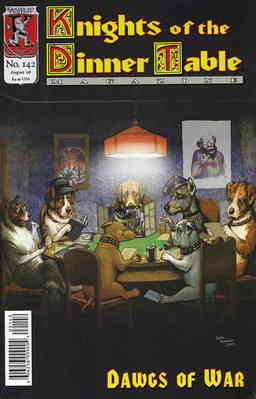The Public Life of Sherlock Holmes: Thoughts on The Sussex Vampire
Sumatra
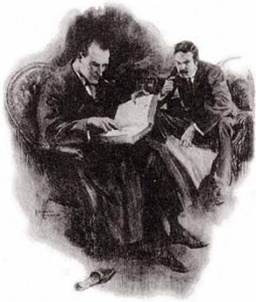 It seems somewhat curious that we find three references to Sumatra in the Canon. Two of those are to unrecorded cases, which makes matters even more intriguing. Sumatra is the sixth largest island in the world and a part of Indonesia. Indonesia was ruled by the Dutch for over three hundred years, including the entirety of Sherlock Holmes’ career (Japan occupied Indonesia during World War II and the country gained autonomy after that). I have visited Indonesia twice, as my wife was born and raised there.
It seems somewhat curious that we find three references to Sumatra in the Canon. Two of those are to unrecorded cases, which makes matters even more intriguing. Sumatra is the sixth largest island in the world and a part of Indonesia. Indonesia was ruled by the Dutch for over three hundred years, including the entirety of Sherlock Holmes’ career (Japan occupied Indonesia during World War II and the country gained autonomy after that). I have visited Indonesia twice, as my wife was born and raised there.
In “The Sussex Vampire,” Holmes mentions the Matilda Briggs, “a ship associated with the giant rat of Sumatra, a story for which the world is not yet prepared.” In “The Dying Detective,” Culverton Smith was a planter who lived in Sumatra. We are also told at the beginning of “The Reigate Squires” that Holmes was on the verge of collapse after foiling the colossal schemes of Baron Maupertuis, which involved the Netherland-Sumatra company.
Three references to people or things with Sumatran ties. Could tea somehow be related? Indonesia was one of the world’s leading tea producers until World War II. The region of Sumatra was the second-largest tea producing region in Indonesia. Was the death of Culverton Smith’s nephew somehow associated with the activities of Baron Maupertius, for whom Culverton Smith worked or was otherwise associated?
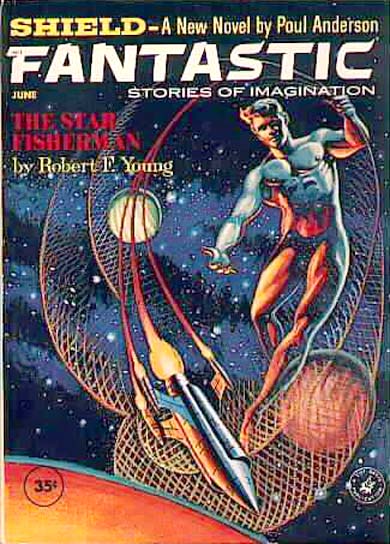
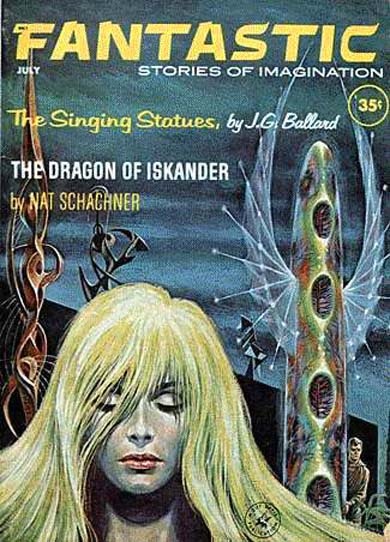
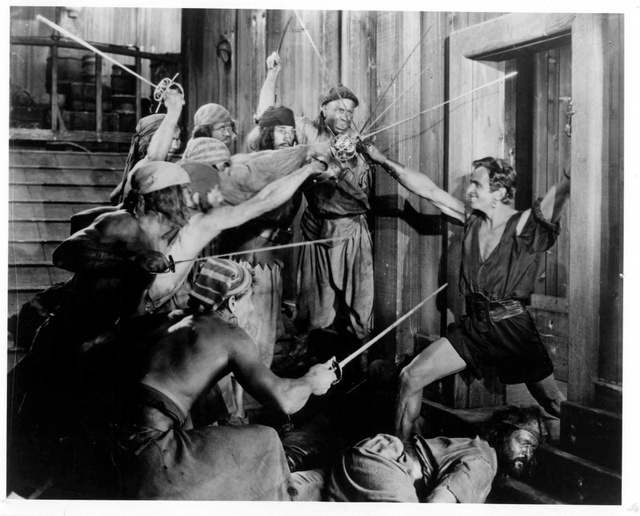
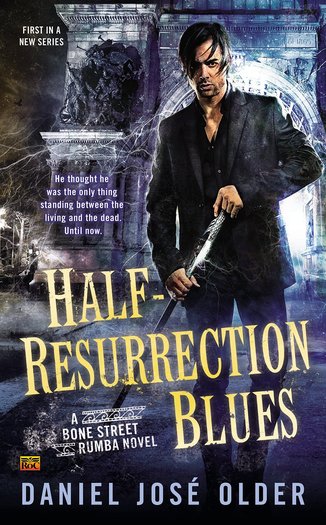
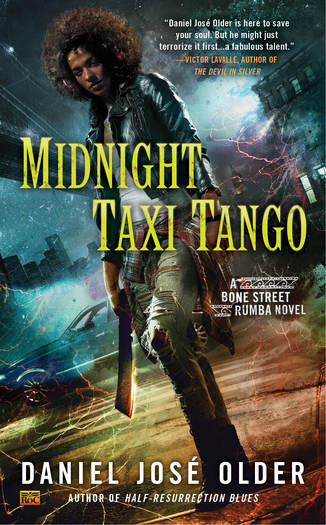
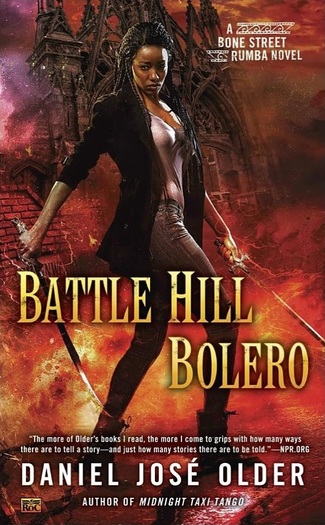
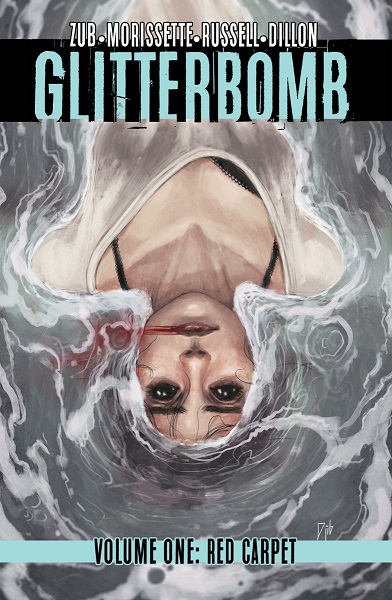
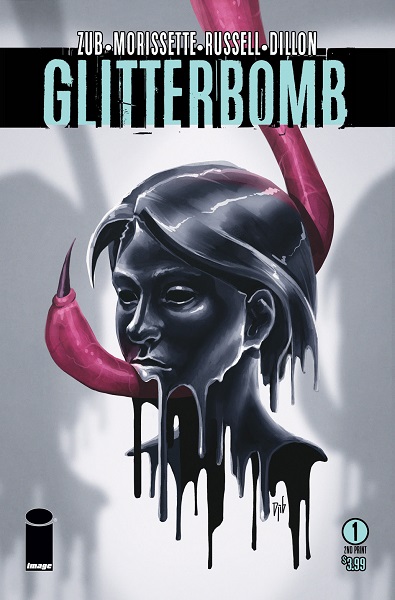
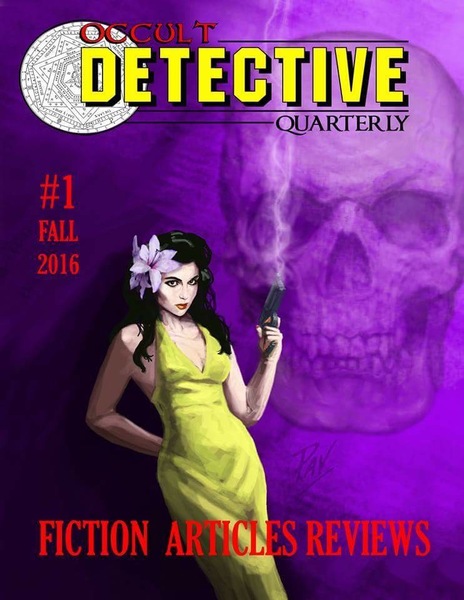
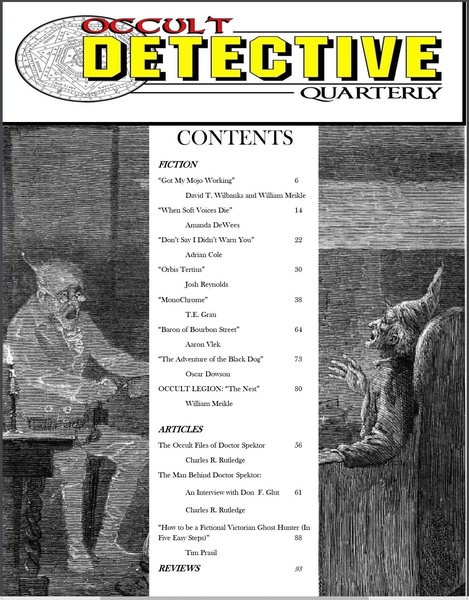
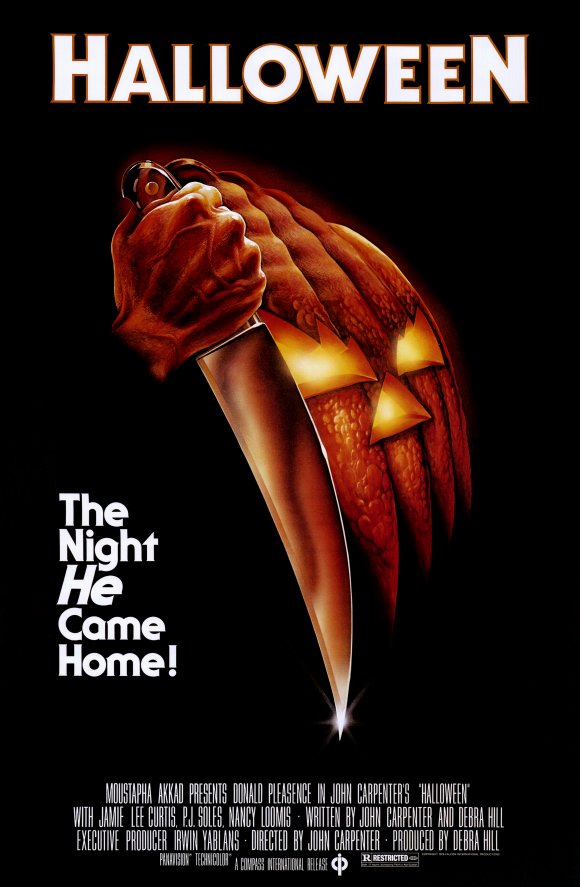
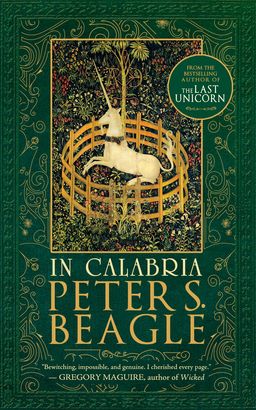
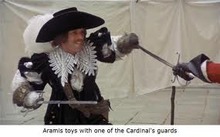 The Three Musketeers (1973, directed by Richard Lester)
The Three Musketeers (1973, directed by Richard Lester)